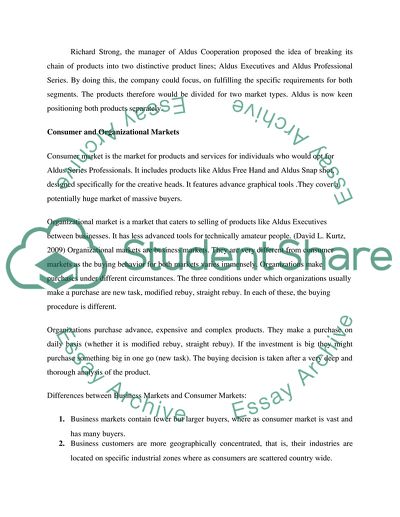Cite this document
(Creation and Distribution of Goods and Services in Aldus Corporation Case Study, n.d.)
Creation and Distribution of Goods and Services in Aldus Corporation Case Study. Retrieved from https://studentshare.org/marketing/1742378-creation-and-distribution-of-goods-and-services
Creation and Distribution of Goods and Services in Aldus Corporation Case Study. Retrieved from https://studentshare.org/marketing/1742378-creation-and-distribution-of-goods-and-services
(Creation and Distribution of Goods and Services in Aldus Corporation Case Study)
Creation and Distribution of Goods and Services in Aldus Corporation Case Study. https://studentshare.org/marketing/1742378-creation-and-distribution-of-goods-and-services.
Creation and Distribution of Goods and Services in Aldus Corporation Case Study. https://studentshare.org/marketing/1742378-creation-and-distribution-of-goods-and-services.
“Creation and Distribution of Goods and Services in Aldus Corporation Case Study”, n.d. https://studentshare.org/marketing/1742378-creation-and-distribution-of-goods-and-services.


